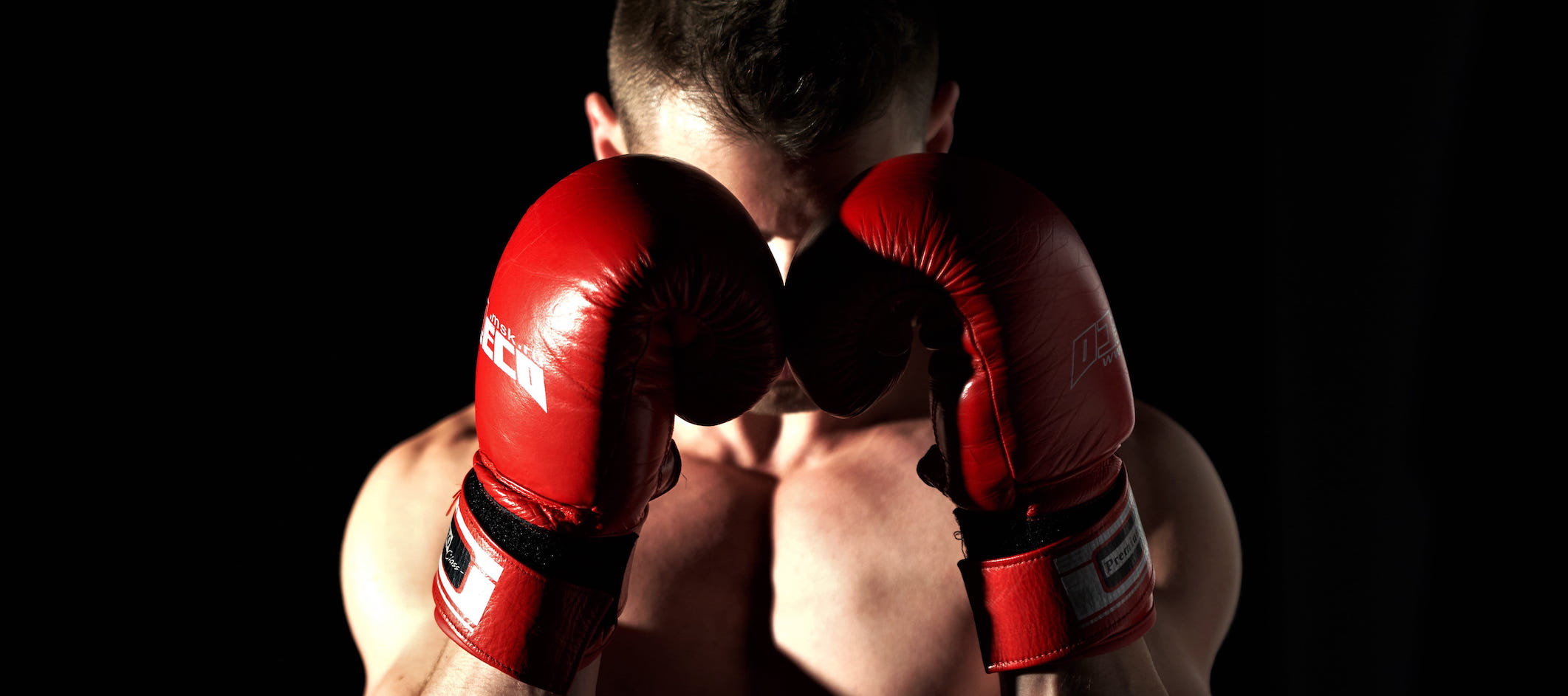Blood Sports: An Acceptable Context To Celebrate Violence

A friend recently told me about the first and last time he attended a boxing match. We were talking about a couple of my posts asking whether Christians should watch blood sports, particularly boxing and MMA, by first comparing it with animal fighting and then considering the matter of consent. Though my friend had watched blood sports on-screen, he said that he immediately felt uneasy, as he watched the boxing match ringside.
What made my friend profoundly uncomfortable was the undeniable reality that he was a spectator to real world violence. When one of the fighters staggered after a volley of punches, my friend was confronted by the stark realisation that he’d paid money to see this human hurt. When a cut opened above the boxer’s eye or his cheek split, my friend saw actual blood. And in the event of a knockout, he was close enough to hear the unconscious body crashing to the floor.
When the fighting was no longer mediated by a screen—abstracted and to a degree fictionalised in the process—it was impossible to ignore what blood sports truly are: capitalising on other humans’ pain for our entertainment.
Should We Delight in Violence?
This ringside realisation is not unique. I can also remember the first and only time I watched a boxing match, at the Wynberg Military Base over a decade ago. A couple of my friends had taken up amateur boxing and invited me to their inaugural fights. One of them knocked his opponent out in under a minute. As we revelled in his victory by KO, I can remember the nagging sense that we were delighting in the fact that my friend had just punched someone unconscious.
This brings me to my title and very simple point of this post: blood sports have created a context where human violence isn’t only tolerated but celebrated.
There are very few contexts where people cheer as humans beat each other up—prisons, bars, and high school yards. Add to those, blood sports such as boxing and MMA. Yes, they involve well trained and conditioned professionals, but they set out with the same goal: to incapacitate their opponent by violent force. Call it what you want—technical, strategic, or athletic—at the end of the day, blood sports offer us a context where violence can be enjoyed; they’ve made a socially acceptable way for us to be entertained by other humans hurting.
Does Context Matter?
Of course, none of us ever really stop to reflect on the wild peculiarity of this phenomenon. But in the conversations I’ve had since writing on the topic, one of the points I’ve often often raised is context. If you change the context of what we so readily watch on our screens, it suddenly becomes less palatable.
When a fight breaks out between two men in the road beneath my flat I don’t pull up a chair and reach for the snacks. If someone is physically dominating another person in the street I don’t cheer his name. Nor do I ask what the odds are on the guy getting pummelled. In the few occasions I’ve seen a fist fight start I’ve instantly felt a knot in my stomach. Each time I was really grateful that someone stepped in and broke it up. Why do we break up fights in the street? Why don’t we let violent altercations reach a natural conclusion? Probably because we have some inherent sense that people shouldn’t be allowed to hurt each other—even when they want, or consent, to doing so.
Context Changes Almost Nothing
Yet the opposite is true when we take our seats at a boxing match or stream the MMA highlights on YouTube. Magically, in that context we’ve deemed it perfectly fine that people beat each other up. Worse still, we inexplicably find joy in violence, subtly delighting in human pain. Something doesn’t quite line up here. How is it that by merely changing the context of a fight it’s suddenly appropriate to cheer the participants on rather than break them up? What’s really changed, other than the fact that we’re relocated real world violence into a context that society both deems acceptable and invites us to celebrate?